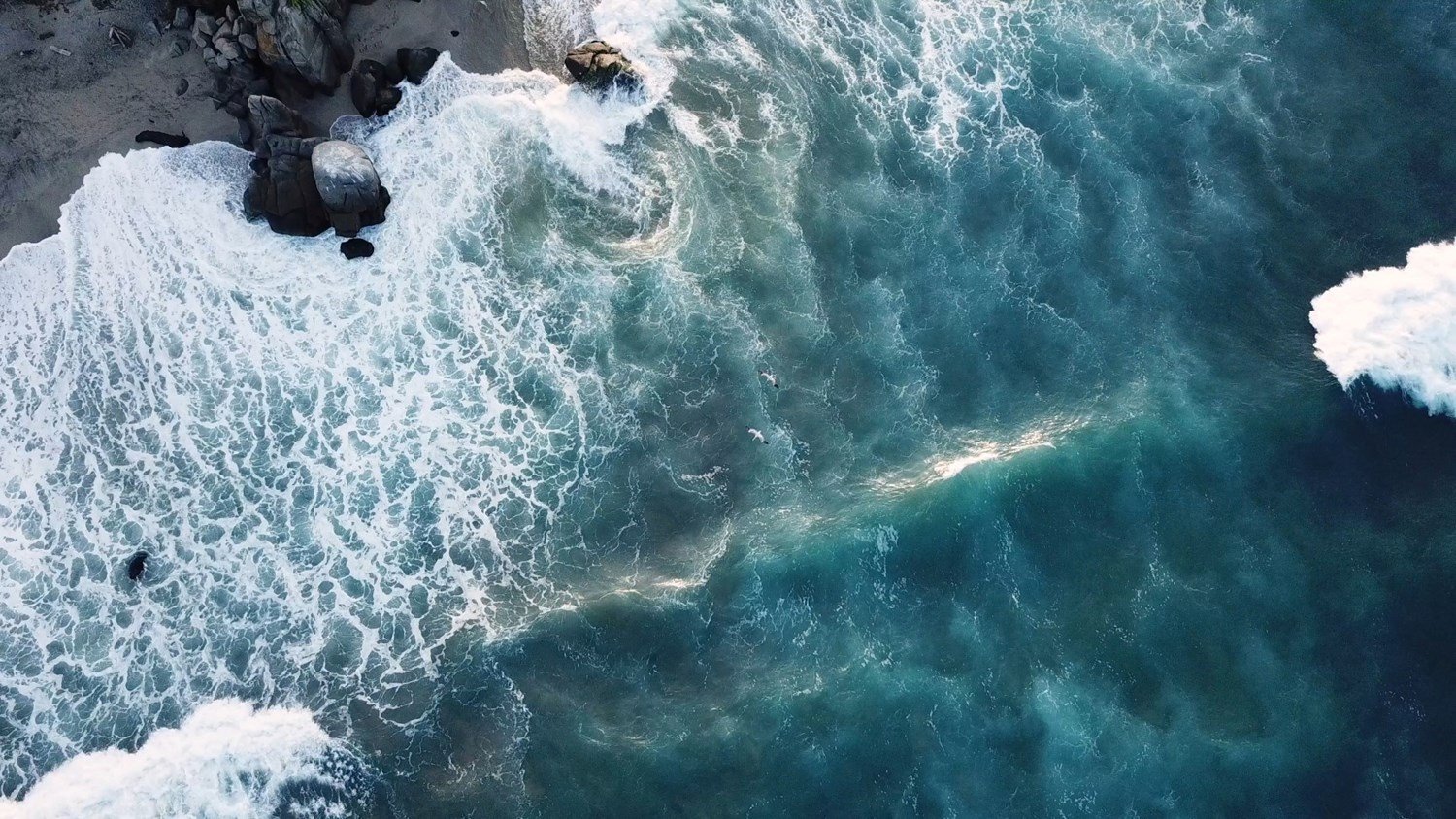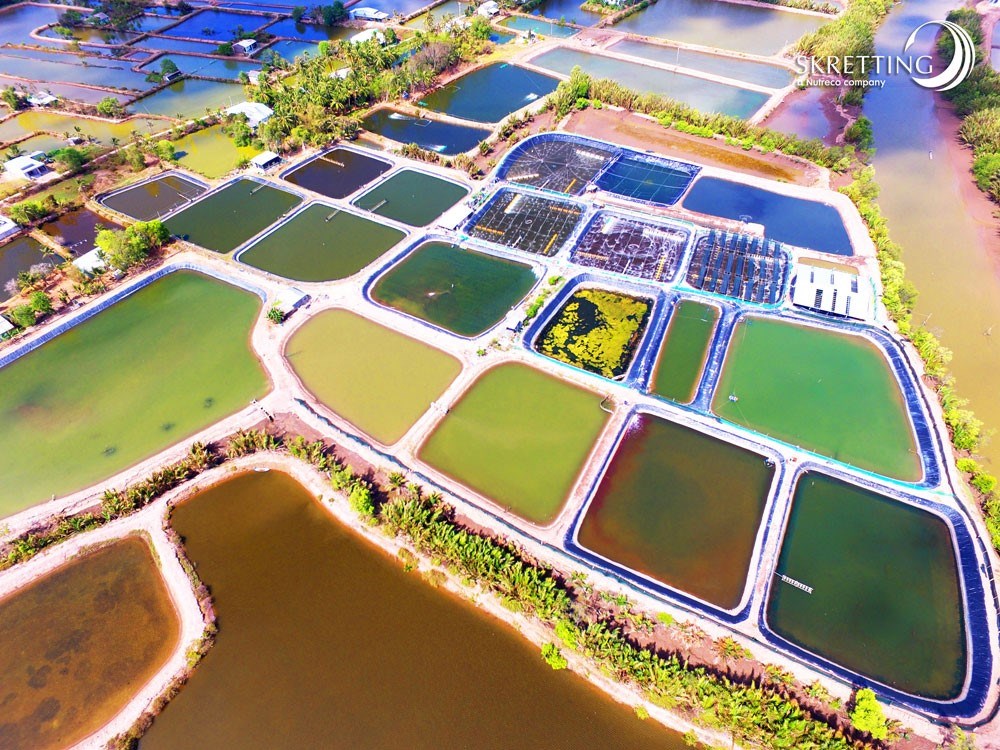In a recent interview with iLaks, Leif Kjetil Skjæveland, Head of Sustainability and Public Affairs at Skretting Norway, discusses scepticism towards genetically modified products and salmon oil as a barrier to using more omega-3-rich raw materials.
The "forbidden" ingredient: Salmon is not genetically modified because it eats GMO raw materials”.

At Skretting, we want to reverse the negative perception of these ingredients.
A proper discussion about the "prohibited raw materials", including salmon oil and GMO rapeseed, was the call to Skretting Norway's Director of Product Development and Sustainability, Mads Martinsen, at the Norwegian Salmon City conference early in April. iLaks asked which alternative feed ingredients Skretting see as promising in the future – especially considering the fish's need for omega-3.
Read the original article in Norwegian here
Slow-moving scale-up
"Today, we mainly use microalgae and insects in our feeds. We would like to use more, but the challenge, besides price, is to get suppliers to scale up their production. Some are well underway with this, but it takes time," says Leif Kjetil Skjæveland.
“Skretting annually spends almost a quarter of a billion NOK on researching nutrition," says Skjæveland. The company has assessed over 200 suppliers of new raw materials in recent years and moved forward with a handful.
"Since microalgae came on the market a few years ago, it has been important for us to be able to use them. Now, we also point to salmon oil and genetically modified rapeseed as sources of omega 3. These are raw materials that are available, legal, and safe, but some are still sceptical about them," says Skjæveland.
So far, we have not used this GMO rapeseed oil in Norway, even though this is sustainability in practice, as it reduces the pressure on wild fish and helps the salmon's health.
Scepticism towards GMOs and salmon oil
At Skretting, we are focused on obtaining more ingredients that contain omega 3. In Norway, genetically modified ingredients are only allowed in feed if permission is granted from the Norwegian Food Safety Authority. Last year, they approved the use of the GMO rapeseed oil "Aquaterra", which is rich in omega 3.
“Skretting already uses the oil in Chile and North America, but no one has used it in Norway yet," says Skjæveland. The industry points to scepticism towards GM raw materials among some supermarket chains as a major barrier.
"Just so it's clear; salmon is not genetically modified because it eats a GMO raw material. In European supermarkets, there are plenty of chickens, pork, cattle, and fish that have eaten GMOs. But Norwegian salmon should seemingly not be able to eat this, even though it is proven to be completely safe. So far, we have not used this GMO rapeseed oil in Norway, even though this is sustainability in practice, as it reduces the pressure on wild fish and helps the salmon's health," says Skjæveland.
Salmon oil is another omega-3-rich, but somewhat frowned upon product. The oil comes from salmon slaughterhouses and is approved by Norwegian authorities for use in fish feed. Skjæveland believes the oil is "circular economy and reuse in practice".
"But there are fears that it could be perceived as cannibalism. Which it is not, because the oil contains fat and not protein," says Skjæveland.
Three wishes granted in one package
Skretting now finds that the scepticism towards these ingredients is changing. According to Skjæveland, the company is working to spread knowledge about the raw materials. Using the raw materials first requires acceptance from customers – and the necessary infrastructure.
"A greater raw material base, better access to omega-3 and sustainability all in one package. It's three wishes in one, I want that. We will, of course, move in step with our customers, and use these raw materials only when they want them," says Skjæveland.
